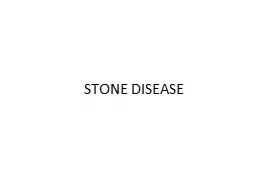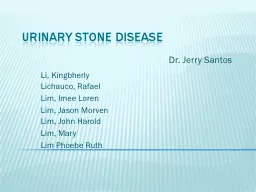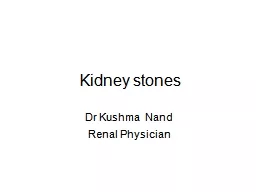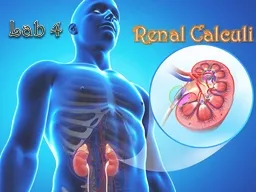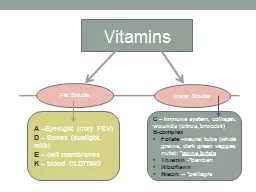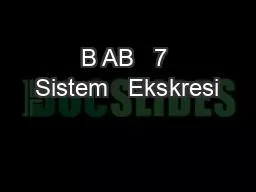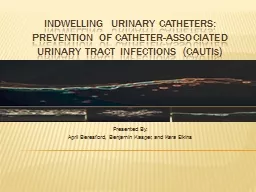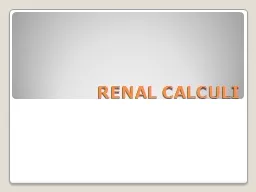PPT-STONE DISEASE Calculi are typically composed of urinary chemicals that are usually soluble
Author : tremblay | Published Date : 2022-06-15
Stones could be described according to the site kidney bladder ureter urethra or radiodensity on KUB radio opaque radiolucent relatively radiolucent or the size
Presentation Embed Code
Download Presentation
Download Presentation The PPT/PDF document "STONE DISEASE Calculi are typically com..." is the property of its rightful owner. Permission is granted to download and print the materials on this website for personal, non-commercial use only, and to display it on your personal computer provided you do not modify the materials and that you retain all copyright notices contained in the materials. By downloading content from our website, you accept the terms of this agreement.
STONE DISEASE Calculi are typically composed of urinary chemicals that are usually soluble: Transcript
Download Rules Of Document
"STONE DISEASE Calculi are typically composed of urinary chemicals that are usually soluble"The content belongs to its owner. You may download and print it for personal use, without modification, and keep all copyright notices. By downloading, you agree to these terms.
Related Documents

